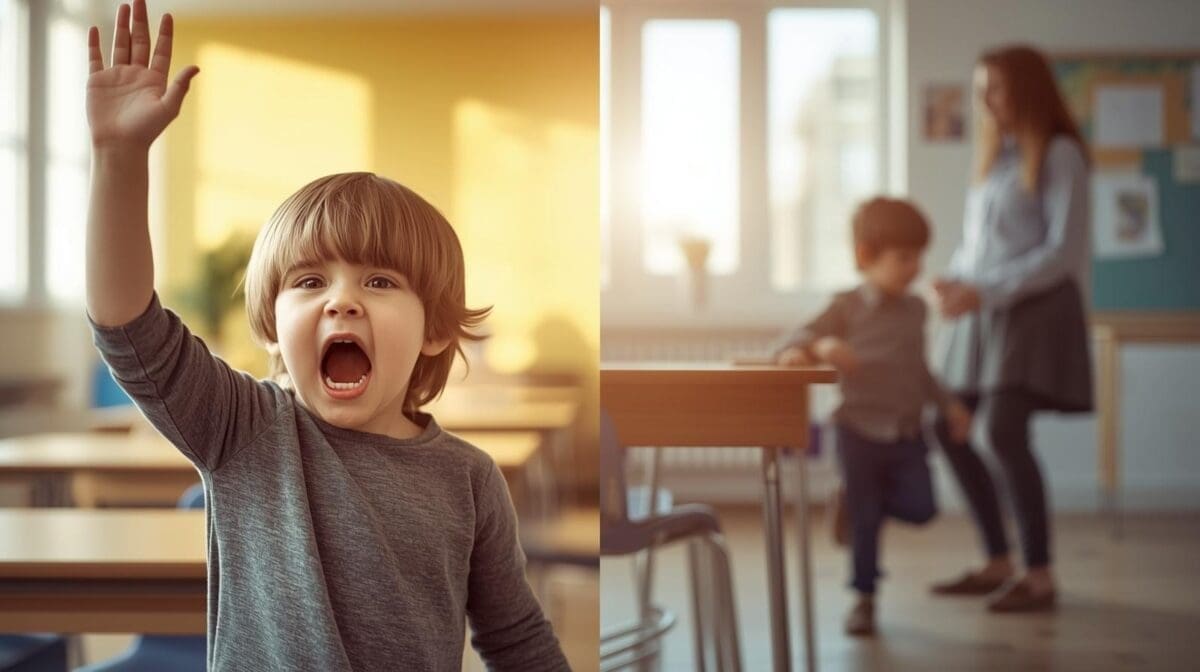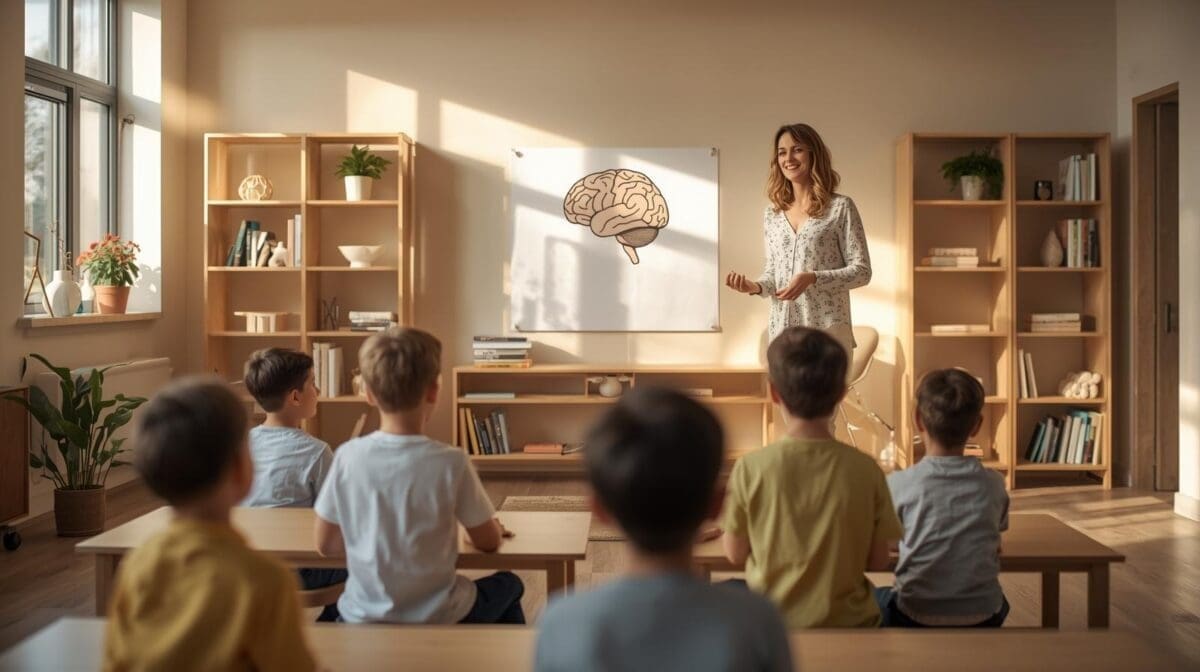Creative Advent Calendar Fillers That Go Beyond Candy
Advent calendars are one of the sweetest Christmas traditions — but they don’t have to be all about sugar. Whether you’re counting down to Christmas with your family, your classroom, or therapy clients, an Advent calendar can become a mindful daily ritual that encourages gratitude, connection, and joy. Instead of chocolate, fill each day with […]
Creative Advent Calendar Fillers That Go Beyond Candy Read More »










